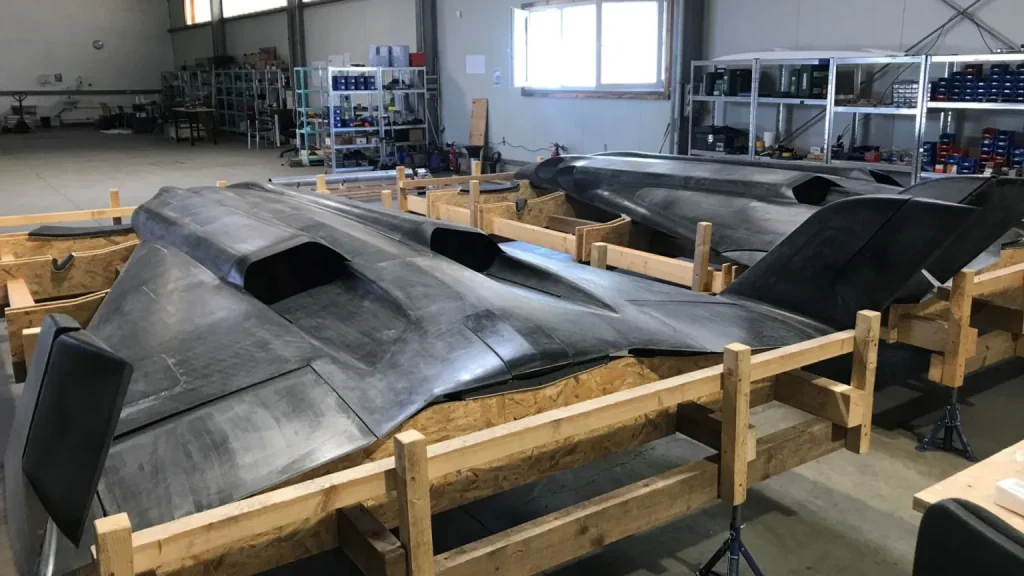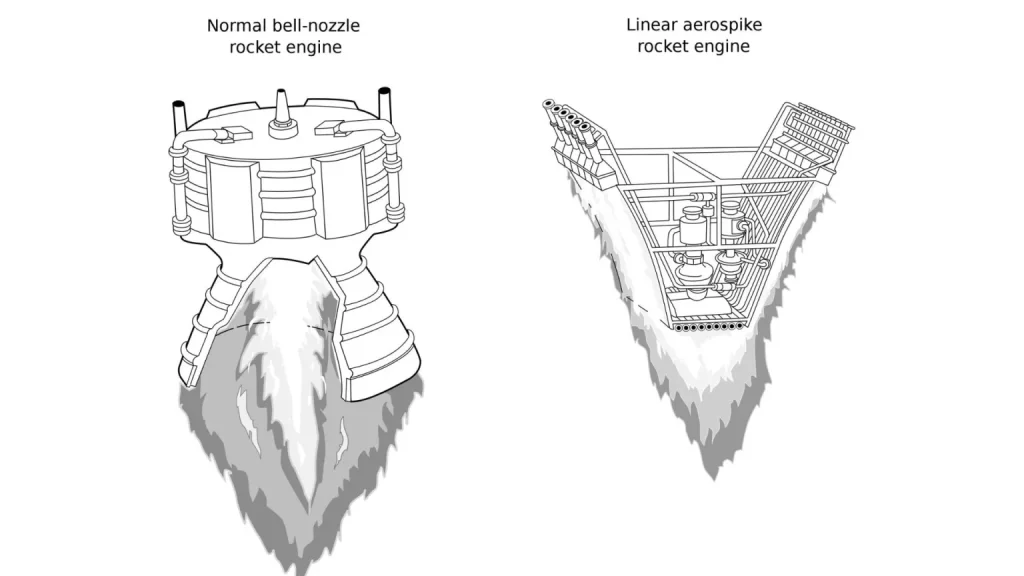Excitement is building in the aerospace community as Polaris Aerospace prepares to launch the world’s first aerospike engine aircraft this September. The German startup, known for its bold innovations in space technology, is set to test two new prototypes, MIRA II and MIRA III, marking a significant milestone in its journey.
The original MIRA I prototype was designed to be the first aircraft powered by an aerospike rocket engine. However, it ended in disaster when the aircraft crashed during takeoff before its revolutionary propulsion system could even ignite. Despite this setback, Polaris Aerospace has persisted, incorporating lessons learned from the MIRA I incident into the new and improved MIRA II and III models.

The MIRA II and III are almost identical, each measuring 16.4 feet in length with a 30% larger wing area than their predecessor. This increased size is expected to significantly enhance flight-testing capabilities. Both aircraft are constructed from fiberglass for demonstration purposes, but future models will utilize Carbon Fiber Reinforced Polymer (CFRP) for greater durability and performance.
Unlike traditional rocket engines that rely on bell-shaped exhaust nozzles to adjust the pressure and flow of gases for maximum thrust, the aerospike engine takes a different approach. It directs exhaust down the sides of a central spike, using the surrounding air as the other side of the nozzle. This design adapts to varying altitudes and speeds, maintaining consistent efficiency from launch to space. While it may not surpass a bell nozzle at peak performance, it offers reliable efficiency throughout the entire flight.

The MIRA project aims to develop a fully reusable spaceplane capable of carrying cargo or passengers. These spaceplanes would operate as single-stage-to-orbit (SSTO) vehicles, capable of taking off and landing on conventional runways, ultimately rendering traditional launch pads obsolete.
Both MIRA II and III will be equipped with four conventional turbines and a LOX/kerosene linear aerospike rocket engine. This setup promises to deliver the groundbreaking performance needed to revolutionize space travel. According to Polaris Aerospace, the new prototypes incorporate all the lessons learned from the previous tests, ensuring they are well-prepared for the upcoming flight trials.
The original MIRA I successfully completed several test flights using its four kerosene turbine engines until it was outfitted with the AS-1 LOX/kerosene linear aerospike rocket engine. The aircraft met its demise during a takeoff attempt at over 100 mph, halting its bid to become the first aerospike-powered flight. Despite this, the company swiftly moved forward with plans for the MIRA II and III, determined to realize their vision without delay.
Polaris Aerospace’s dedicated team is hopeful that these new prototypes will perform well in their scheduled September test flights. The company believes that by building two vehicles, they can expedite flight testing and maintain a reserve aircraft if needed.
Looking beyond the current prototypes, Polaris aims to launch NOVA, an 8-meter-long supersonic successor to the MIRA series, in 2025. NOVA will serve as the prototype for a commercial product designed to carry cargo and passengers, further advancing Polaris Aerospace’s ambitious plans for the future.
As anticipation builds around the imminent tests of the MIRA II and III, the aerospace community watches closely. If successful, this will be a historic milestone, showcasing the first aerospike engine in flight since Rocketdyne’s invention of the technology over 70 years ago. The upcoming flight tests promise to deliver a fascinating glimpse into the next era of space exploration and transport.
